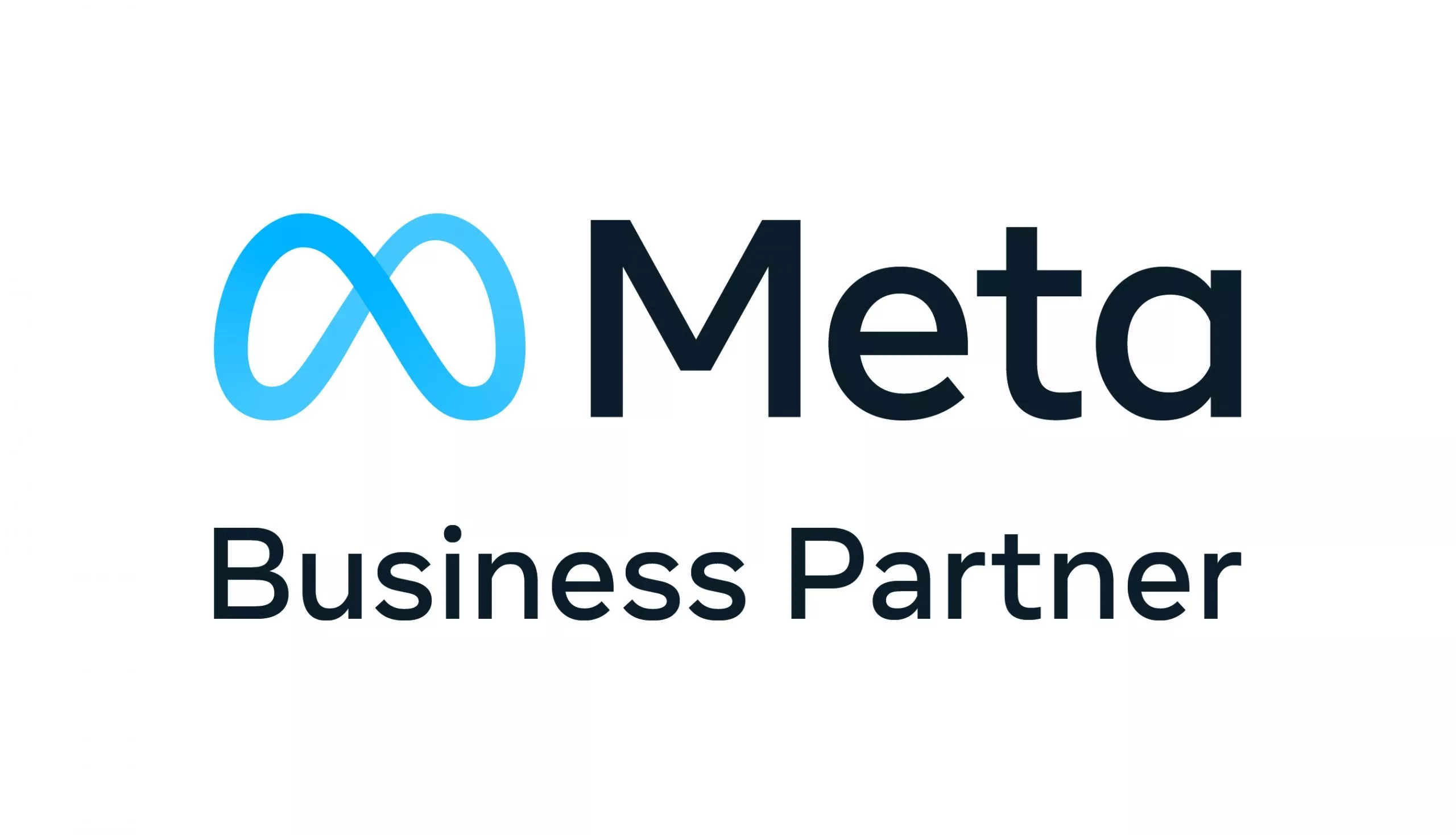Data analysis at Inglelandi
Data analysis in a digital agency plays a critical role in shaping strategies, understanding audiences, and evaluating the performance of campaigns. Here’s a breakdown of how data analysis works in such a setting:
1. Data Collection:
a. Digital Channels: Firstly, data can be collected from various digital channels such as websites, mobile apps, social media platforms, email campaigns, paid ads, etc.
b. Tools: Furtheremore, Google Analytics, Facebook Insights, Google Ads, Mailchimp analytics, etc., are commonly used tools that provide rich data on user behaviors and campaign performance.
2. Data Cleaning:
Certainly, given the diverse sources of data, there can be inconsistencies, missing values, or anomalies. Moreover, cleaning involves:
- Removing duplicates
- Handling missing values
- Correcting inconsistencies
3. Data Integration:
Aggregating data from various sources gives a holistic view. For instance, combining website analytics data with CRM data can provide insights into which marketing efforts are leading to actual sales.
4. Exploratory Data Analysis (EDA):
This is the initial phase of diving into the data. Through visualization and basic statistics, our analysts can:
- Understand data distribution
- Identify patterns or anomalies
- Generate hypotheses for further testing

5. Performance Metrics:
Based on the objectives of campaigns or strategies, key performance indicators (KPIs) are defined. Examples include:
- Click-through rate (CTR)
- Conversion rate
- Bounce rate
- Return on ad spend (ROAS)
- Customer lifetime value (CLTV)
6. Advanced Data Analysis:
a. A/B Testing: To test changes to web pages or marketing strategies and determine which version is more effective.
b. Segmentation: Classifying the audience into segments based on behavior, demographics, or interests to tailor marketing efforts.
c. Predictive Analysis: Using historical data to predict future behaviors, such as which users are likely to convert.
7. Reporting:
An essential part of data analysis is communicating findings. Reports are often:
- Periodic (weekly, monthly, quarterly)
- Visual (charts, graphs, dashboards)
- Accompanied by insights and recommendations

8. Optimization:
Based on insights drawn from the data, strategies are refined. Moreover, this could mean tweaking a campaign, altering website design, segmenting audience differently and more.
9. Data Storage and Management:
With growing data, it's essential to manage and store it securely. Digital agencies often rely on:
- Cloud storage solutions
- Data management platforms (DMPs)
- Data warehouses
10. Privacy and Compliance:
Given the importance of user privacy, digital agencies must ensure:
Data collection is in compliance with laws such as GDPR or CCPA. Also, users are informed about the kind of data being collected. And lastly proper mechanisms are in place for users to opt-out.
Challenges in Data Analysis for Digital Agencies:
Silos of Data: Multiple platforms can lead to fragmented data, which is hard to integrate.
Constantly Changing Landscape: With regular platform updates and changing algorithms, keeping up can be challenging.
Skill Gap: Advanced analysis requires expertise in tools and techniques, which not every agency might have in-house.
Conclusion:
In general, for a digital agency, data isn't just numbers; it's the backbone of decision-making. Specifically, from understanding audiences to refining strategies, data analysis ensures that the agency's efforts are directed efficiently and effectively.

Give us a Call today.
2821405888
Use the form and feel safe to seek consultation about any inquires and aspirations regarding your business.


